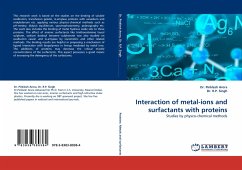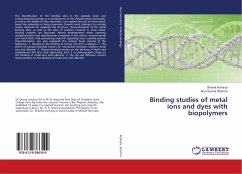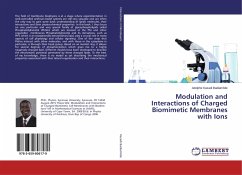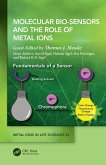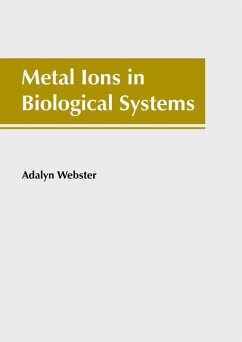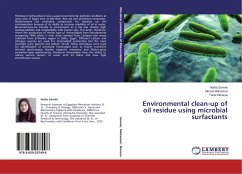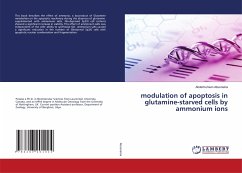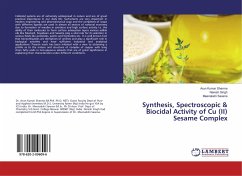This research work is based on the studies on the binding of soluble ovalbumin, transfusion gelatin, -amylase proteins with vanadium and molybdenum etc. applying various physico-chemical methods such as pH-metery, dialysis equilibrium, spectrophotometry, polarography etc. The work also includes the binding of metal hydrous oxide sols to these proteins. The effect of anionic surfactants like triethanolamine lauryl sulphate, sodium dodecyl benzene sulphonate was also studied on ovalbumin casein and -amylase by viscometric and other related methods. The binding results are helpful in proposing a mechanism of ligand interaction with biopolymers in livings mediated by metal ions. The additions of proteins may decrease the critical micelle concentrations of the surfactants. This aspect possesses a good means of increasing the detergency of the surfactants.
Bitte wählen Sie Ihr Anliegen aus.
Rechnungen
Retourenschein anfordern
Bestellstatus
Storno

